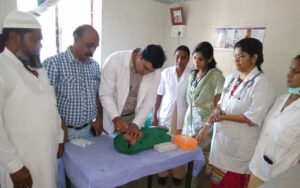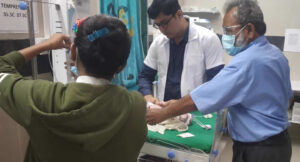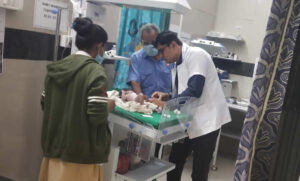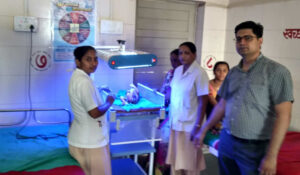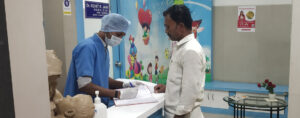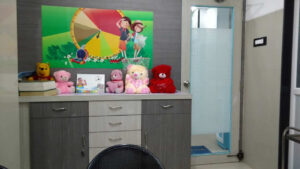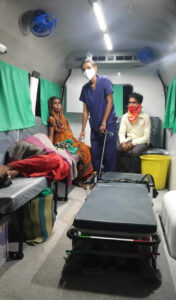
Oxygen Tretment For Neonates
Oxygen therapy for neonates is a medical treatment that provides supplemental oxygen to newborns who have difficulty breathing. This therapy is typically provided in a neonatal intensive care unit (NICU) or specialized newborn care center, where healthcare professionals can closely monitor the baby’s oxygen levels and adjust the therapy as needed.
Neonates who require oxygen therapy may have a variety of conditions that affect their ability to breathe, such as respiratory distress syndrome, bronchopulmonary dysplasia, or congenital heart disease. Oxygen therapy can help these babies breathe more easily and prevent or reduce the risk of complications.
There are several methods of delivering oxygen to neonates, including:
- Nasal cannula: A small tube that is inserted into the baby’s nostrils and delivers a constant flow of oxygen.
- High-flow nasal cannula: Similar to a nasal cannula, but delivers a higher flow of oxygen.
- Continuous positive airway pressure (CPAP): A mask that covers the baby’s nose and/or mouth and delivers a continuous flow of oxygen to keep the airways open.
- Mechanical ventilation: A machine that helps the baby breathe by delivering oxygen through a tube inserted into their airway.
Oxygen Tretment For Neonates
Oxygen therapy for neonates is a critical treatment that can help ensure the health and wellbeing of these vulnerable newborns. It requires close monitoring by healthcare professionals to ensure that the baby is receiving the appropriate amount of oxygen and that any potential complications are addressed promptly.
Frequently Ask Questions (FAQ) -
Do you have questions about Oxygen Tretment For Neonates? We’re here to help! Check out the answers to some of most frequently asked questions.
When is oxygen treatment necessary for a child?
How is oxygen administered to a child?
Is oxygen treatment safe for children?
How long does a child need oxygen treatment?
Are there any risks or side effects?
Can a child be mobile while receiving oxygen treatment?
Will a child need oxygen treatment at home?
At Neolife dental and children hospital, we offer Oxygen therapy and monitoring in neonates. Supplemental oxygen has been shown to improve survival and neurodevelopmental outcomes. Dr. Rohit Jain is the experienced child doctor in Chatrapati Shambhajinagar. Visit our child specialist at Chatrapati Shambhajinagar to get Oxygen treatment for Neonates. We have modern medical facilities to provide specialized care to newborns. Book an appointment with Dr. Rohit Jain today.



